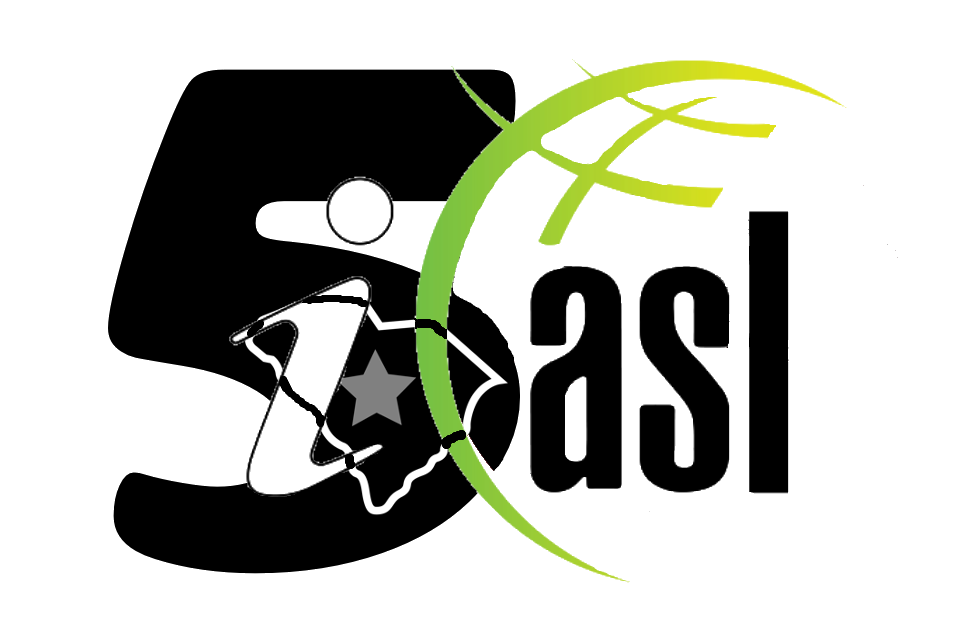Web Sites of Primary School Libraries - Case of the Šibenik City
DOI:
https://doi.org/10.29173/iasl8547Abstract
The school library is an informational, cultural, and educational center of the school. According to the School library guidelines they are “...learning environments that provide space (physical and digital), access to resources, and access to activities and services to encourage and support student, teacher, and community learning“ (International Federation of Library Associations and Institutions, 2015). With the advance of the Internet, the library is presented to the world and enables continuous contact with other centers and other libraries, so they are functioning in both physical and digital space. And the history of the school library website is a very long one as school librarians were the professionals that accepted new technology in the early days. As Dukić (2012) writes “the first web pages of school libraries appeared in developed countries as early as 1994. From 1995 to 1996, the number of school library websites increased rapidly. However, the main feature of these websites was static, because the communication was mostly in one direction - from the website to the user”. With the advance of Web 2.0 librarians became able to create their own library websites without excessive computer skills. Awareness of
the need to create websites exists and is strengthened by trends from the outside, but we must keep in mind the need to modernize them because outdated and uninformative pages can only harm the library. Namely, they are the identity card with which the library enters the most remote homes, other libraries, research centers, etc..“ (Lazzarich, 2003). Today, when most children and young people grow up with digital technology and the Internet, creating their own library website is an appropriate way to bring the library, and thus reading, closer to young people. Well-designed websites can be a good tool for searching for information related to learning, but also a virtual learning community in which school librarians can collaborate with staf and students. Valenza (2007) goes even further in analyzing the quality of the websites by creating a taxonomy of the school library websites. But what happens when the school and their library's physical space are closed due to the lockdown. Shifting their physical space in the virtual one assumes well-developed communication strategies. The question that arises is should the virtual space be the same as before the pandemics or should it adapt to the new context. The goal of our research is to investigate the current development of the school library websites in one of the Croatian cities and investigate if they respond to the current challenges of the transformed educational environment.
Downloads
Published
Issue
Section
License
Copyright (c) 2022 Author

This work is licensed under a Creative Commons Attribution-NonCommercial 4.0 International License.




